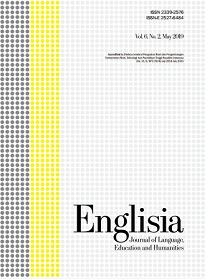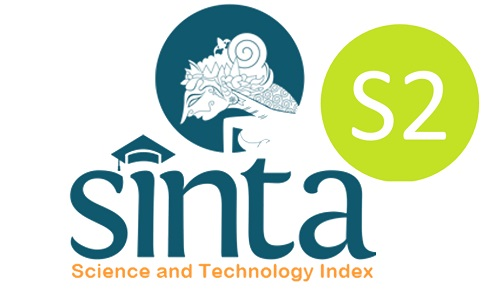Donald Trump’s grammar: How to trivialize facts on coronavirus
DOI:
https://doi.org/10.22373/ej.v9i2.11742Abstract
This current research reveals how President Trump grammatically constructed his clauses to trivialize the coronavirus (COVID-19). This research uses a discourse analysis approach with a qualitative design. The research data are President Trump’s trivializing clauses (192 main clauses) taken from his speeches, press interviews, remarks, and tweets from January 2020 to June 2020. Hallidayan SFL and Straker’s technique of trivialization are used as the basis of analysis. The result shows that most of the trivializing clauses are declarative while the others are interrogative and imperative. It is also identified that the declarative mood (statements of opinion and fact) reflects the techniques of sneaking through, trivializing the target, and discounting the target. The interrogative mood (rhetorical questions) demonstrates the technique of discounting the target. In addition, the imperative mood (directives) reflects the technique of sneaking through. Finally, the result also shows that oversimplification, severity decrease, and exaggeration characterize President Trump’s trivializing clauses.
Downloads
Downloads
Published
Issue
Section
License
Proposed Policy for Journals That Offer Open Access
Authors who publish with Englisia journal agree to the following terms:
- Authors retain copyright and grant the journal right of first publication with the work simultaneously licensed under a Creative Commons Attribution License that allows others to share the work with an acknowledgement of the work's authorship and initial publication in this journal.
- Authors are able to enter into separate, additional contractual arrangements for the non-exclusive distribution of the journal's published version of the work (e.g., post it to an institutional repository or publish it in a book), with an acknowledgement of its initial publication in this journal.
- Authors are permitted and encouraged to post their work online (e.g., in institutional repositories or on their website) prior to and during the submission process, as it can lead to productive exchanges, as well as earlier and greater citation of published work (See The Effect of Open Access).









